2,000 years ago, mysterious scribes penned these dead sea scrolls. Now modern archaeologists are shedding light on who these writers might have been.
In November 1946, as the sun slowly rose over the Judean Desert, three Bedouin cousins went in search of their lost goat in the cliffs near the Dead Sea. Intent on finding the animal, they instead found some of the most important religious texts of the ancient world: The Dead Sea Scrolls. To date, some 100,000 fragments of some 900 manuscripts have been discovered in 11 caves, and new scroll fragments are still being discovered today.
Although most of the manuscripts, written on animal parchment and papyrus, contain sectarian texts, about 100 of them are biblical texts that explain the Bible and shed light on Judaism and Christianity. The texts include all the texts of the Hebrew Canon (holy books), the Old Testament. The texts also include previously unknown prayers, hymns, mystical formulas and the earliest version of the Ten Commandments.
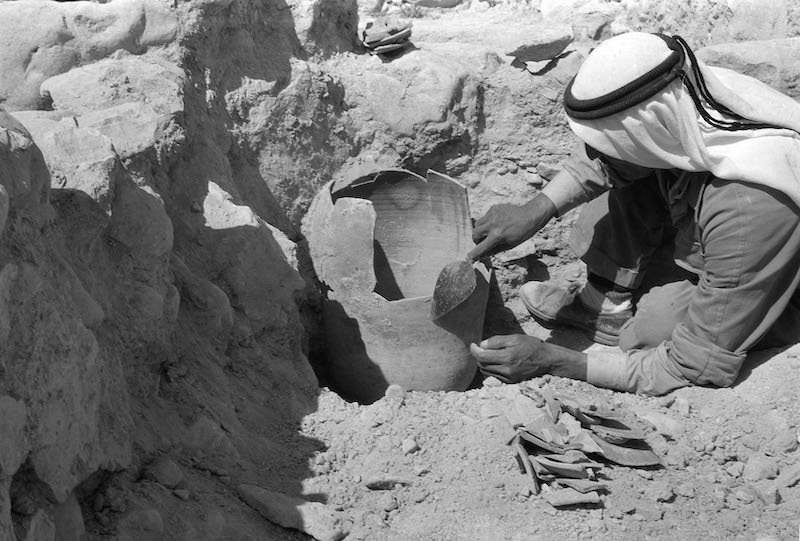
The Dead Sea Scrolls are thought to be 2,000 years old. While there is no doubt about their authenticity, there is one thing that remains a mystery about these manuscripts: their author. There are several possibilities that answer the question of who was the author of this ancient detective novel.
- Man transformed from an organism into a mechanism!
- Potsdam offers cheaper electricity – but only for Christians
- Suggestions for the first date and what to expect
First Theories
The most common answer among scholars is that the Essenes were a sect of Jewish monks who lived near a desert complex known in Arabic as Khirbet Qumran (Qumran Ruins). The idea was put forward by French archaeologist Roland de Vaux, who excavated at Qumran between 1952 and 1957 with an international archaeological team. Vaux came to this conclusion in several different ways.
The 1st century Roman-Jewish historian Flavius Josephus, who is thought to have known about the Essenes, wrote about this sect in his book The History of the Jews. A thousand years later, De Vaux compared Josephus’ descriptions with descriptions of the inhabitants written on newly discovered scrolls. Their social life, the wearing of linen shirts and ritual bathing were similar.
Josephus, for example, said that “at the fifth hour, after they were covered with white linen, they washed with cold water.” Indeed, Vaux and his team discovered a series of mikva’ot (plural of the Hebrew word mikve) at the site. These ritual pools contained about 300 liters of “living water” – rainwater or seawater that was not stored in any way. These shared rituals conclusively prove that the Essenes and the natives are the same people, don’t they?
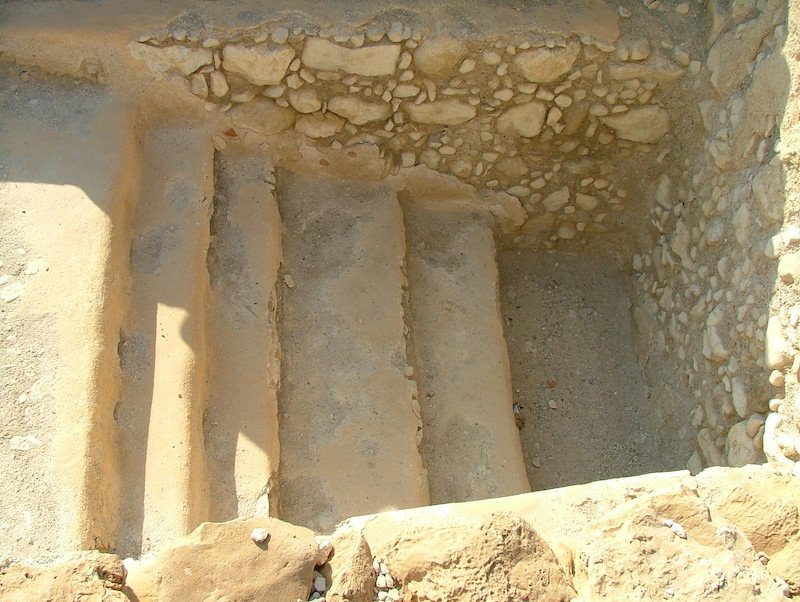
Furthermore, Josehpus wrote that the Essenes “took great care to study the writings of the ancients and tried to choose what was most beneficial for their souls and bodies.” This must be a reference to the Dead Sea Scrolls, right?
De Vaux concluded that the author of the scrolls must have lived at Qumran, since 11 scrolls were discovered near the site. Also, since the Essenes also lived in Qumran, they seemed to be the same person as the author of the scrolls.
Disputed Identities
Yet some scholars dispute the identification of the Qumran community as Esseni. For example, many devout Jews, not just the Essenes, practiced ritual washing in mikvehs. In addition, Josephus portrays the Essenes as an urban phenomenon, not a community of hermits in the desert. The Jewish philosopher Philo seems to agree with Josephus, saying that “the Essenes lived in many cities and villages of Judea and were grouped into large communities with many members.”
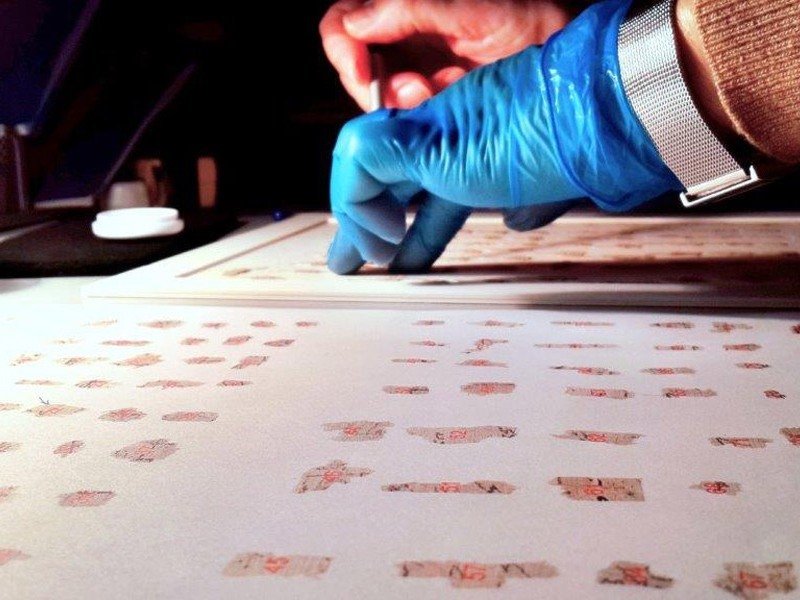
Moreover, a growing number of scholars believe that the people who hid the scrolls near Khirbet Qumran may not have been the same people who wrote the scrolls. In fact, given that the Dead Sea Scrolls cover almost the entire Hebrew Bible, some historians believe that it is almost impossible for such an isolated and small group of scribes to have written such a large corpus.
Jerusalem Origins
Some scholars think it is far more likely that many, if not all, of the scrolls were written by professional scribes working in the Temple in Jerusalem. This theory, called the “Jerusalem Origin Theory”, was first developed in 1960 by German theologian Karl Heinrich Rengstorf, who thought that the scrolls must have been created as part of the extensive library inside the Temple.
The American scientist Norman Golb took it a step further and suggested that the scrolls were largely looted from a number of libraries in Jerusalem and Judea as the Roman army under General Titus approached Jerusalem around 70 CE.
New technology, including artificial intelligence-based handwriting analysis at the University of Groningen in the Netherlands, supports this theory. For example, the research found that different handwriting styles and different biomechanical behaviors when using a pen indicate that more than one scribe may have worked on the same Great Isaiah Scroll. Careful analysis of the text detected subtle variations in the style of texts written in Hebrew, Aramaic, Greek and even Nabataean Aramaic among other documents.
Another question arises when some biblical books have more than one copy: If the scroll was for local use only, why the need for multiple copies? The fact that the scrolls represent an almost complete collection of the Hebrew Scriptures also points to an elite source rather than an isolated sect.
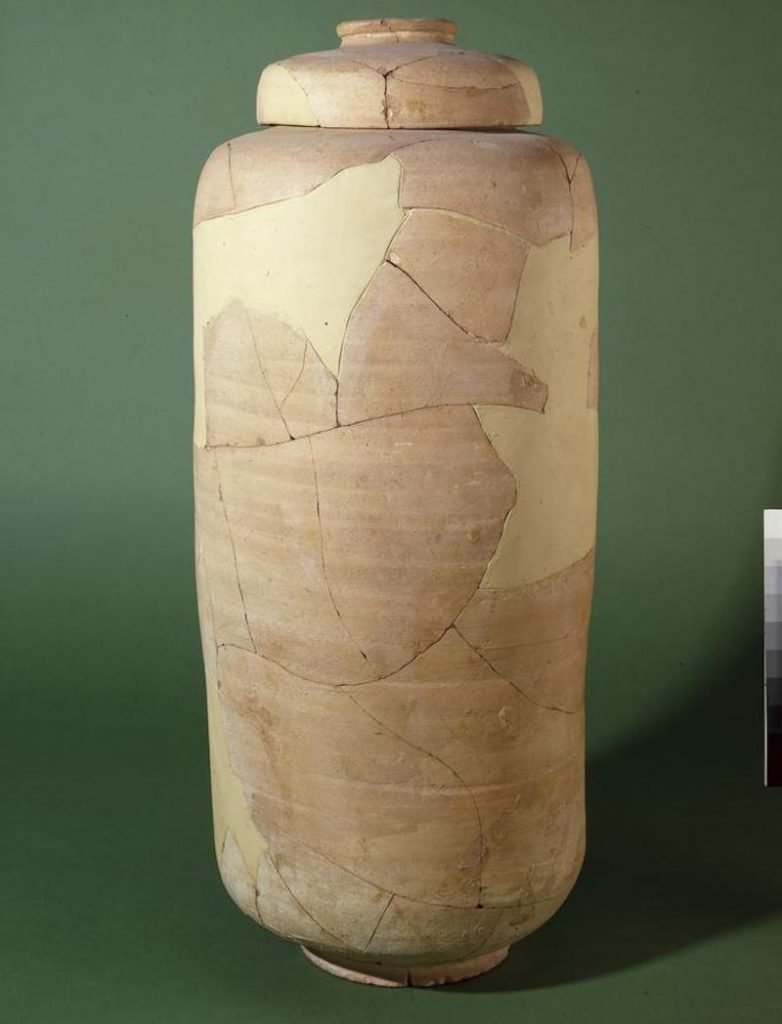
Reaching Consensus
Some, but not all, modern archaeologists believe that the Essenes wrote the Dead Sea Scrolls. Recent evidence suggests that during the Roman siege of Jerusalem, when the Temple and much of the city were destroyed, Jews may have used the sewers to escape to safety. Researchers have discovered many artifacts from this period of the siege, including pottery and coins, in the sewers, which are located a short distance from the Dead Sea and Qumran and extend into the Kidron Valley. It is likely that some of the Dead Sea Scrolls traveled in this direction.
Another clue to the reconciliation theory lies in the pot that preserved the Dead Sea Scrolls. According to Jan Gunneweg of the Hebrew University in Jerusalem, just like DNA, no two clays on earth have the same chemical structure, so the specific region where the pottery was made can be identified. Gunneweg concludes that only half of the pottery preserving the Dead Sea Scrolls comes from Qumran.

Note 1: Access for All
When the Dead Sea Scrolls were first discovered, access to the scrolls was limited to certain biblical specialists. Later this changed. Today, anyone can access the scrolls with a few clicks on a computer. There are two good resources for those interested in this topic.
In 2012, the Israel Museum in Jerusalem worked with Google to create high-resolution images of the Dead Sea Scrolls and make them publicly available. The scrolls are now posted on the Israel Museum’s website, which includes the Great Isaiah Scroll, one of the seven original scrolls found at Qumran in 1947, and by far the longest and best preserved of all the scrolls. Another digitized text is the Scroll of War, about the struggle between the “Sons of Light” and the “Sons of Darkness”. The other three scrolls on the website are the most famous scrolls of the Qumran Collection: The Habakkuk Commentary, the Temple Scroll and the Community Rules Scroll.
The Leon Levy Dead Sea Scrolls Website was also launched by the Israel Antiquities Authority in 2021. This important online library makes thousands of scroll fragments publicly available.
Gaining New Insights
Modern scientific tests have brought novelty to the debate. In recent years, the scrolls have also been examined by linguists, who have derived a date between 225 BC and 50 AD based on the style of the handwriting, as well as the size and variability of the typefaces. This date roughly matched the carbon dating of inks made by mixing the soot from gas lamps with olive oil and honey or water.
The ink tests produced a date range of 385 BC to 80 AD, extending the origins of the Dead Sea Scrolls well beyond the estimated occupation of the Qumran settlement.
As a result, research is still ongoing and debates continue to fly. Regardless of their authorship, there is no doubt that the Dead Sea Scrolls shed light on the 1st century Jewish world.
Note 2: A Great Hoax
Modern scientific methods are not only used to determine the origin or authorship of scrolls. Thanks to these methods, a number of complex forgeries have also been detected.
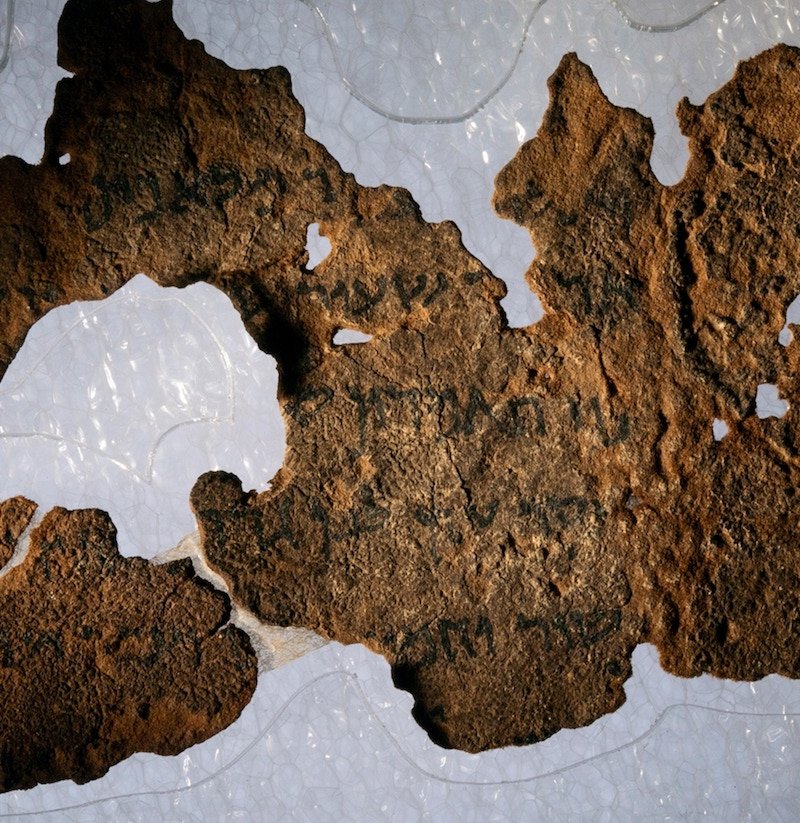
One of the largest forgeries is housed in the Museum of the Bible in Washington. For a long time, the museum prided itself on its 16 fragments, but when they were included, some experts argued that there was no convincing record of the scrolls’ origin or who had custody of them until now. As doubts about the authenticity of the scrolls persisted, the museum commissioned the German Federal Institute for Materials Research to examine the ink and sediment layers on five scroll fragments using a digital microscope and x-ray fluorescence. The test results revealed that the scrolls had no ancient origins.
In March 2020, a group of experts led by researcher Colette Loll of Art Fraud Insights concluded that the scrolls were most likely made of ancient leather, rather than processed animal skin or the papyrus used in the original Dead Sea Scrolls, and were written in modern times to resemble authentic scrolls. The findings of the group, authorized by the museum itself, caused widespread disappointment.

